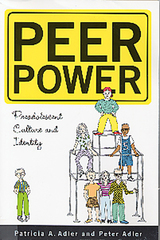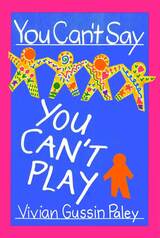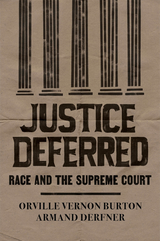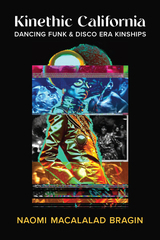
When does our acknowledgment of the social contract really begin? When do young children first display an understanding of their social world? When and why do they begin to grasp that other people have feelings and thoughts like their own, yet different? In this pathbreaking work Judy Dunn explores several aspects of the early process of social discovery: children's recognition of the feelings of others, their ability to interpret and anticipate the behavior and relationships of others, and their comprehension of the prohibitions and accepted practices of their world.
Dunn's work brings into focus an apparent paradox in our current view of the very young child's social understanding. Whereas research on infancy reveals that babies are born with a predisposition to learn about other people, and appear sensitive to the emotions and behavior of others, experimental studies suggest that children of three, four, and five years of age have difficulty gauging the feelings, intentions, and perceptions of others. Why should this social intelligence--which might be expected to be high on the developmental agenda--proceed so slowly? Is the social understanding of young children really so limited? Dunn pursues answers to these questions through close observation of children in their homes, in the complex social world of the family; her findings suggest a sophistication that has not yet been appreciated or documented.
The Beginnings of Social Understanding draws upon observations and analyses from three longitudinal studies of children during the transition from infancy to childhood, examining children's disputes, jokes, play, their questions and narratives about others. The book demonstrates children's increasing subtlety as members of a cultural world, and argues that emotional relationships and family discourse play crucial roles in the development of this understanding. Dunn breaks through traditional notions of child development as she sets forth a refreshingly original perspective from which to view the social potential of children.

The Adlers explore some of the patterns that develop in this social space, noting both the differences in boys' and girls' gendered cultures and the overlap in many social dynamics, afterschool activities, role behaviour, romantic inclinations and social stratification. For example, children's participation in adult-organized afterschool activities - a now-prominent feature of many American children's social experience - has profound implications for their socialization and development, moving them away from the negotiated, spontaneous character of play into the formal systems of adult norms and values at ever-younger ages. When they retreat from adults, however, they still display distinctive peer group dynamics, forging strong ingroup/outgroup differentiation, loyalty and identification. Peer culture thus contains informal social mechanisms through which children create their social order, determine their place and identity, and develop positive and negative feelings about themselves. Studying children's peer culture is thus valuable as it reveals not only how this subculture parallels the adult world but also how it differs from it.

Who of us cannot remember the pain and humiliation of being rejected by our classmates? However thick-skinned or immune to such assaults we may become as adults, the memory of those early exclusions is as palpable to each of us today as it is common to human experience. We remember the uncertainty of separating from our home and entering school as strangers and, more than the relief of making friends, we recall the cruel moments of our own isolation as well as those children we knew were destined to remain strangers.
In this book Vivian Paley employs a unique strategy to probe the moral dimensions of the classroom. She departs from her previous work by extending her analysis to children through the fifth grade, all the while weaving remarkable fairy tale into her narrative description. Paley introduces a new rule—“You can’t say you can’t play”—to her kindergarten classroom and solicits the opinions of older children regarding the fairness of such a rule. We hear from those who are rejected as well as those who do the rejecting. One child, objecting to the rule, says, “It will be fairer, but how are we going to have any fun?” Another child defends the principle of classroom bosses as a more benign way of excluding the unwanted.
In a brilliant twist, Paley mixes fantasy and reality, and introduces a new voice into the debate: Magpie, a magical bird, who brings lonely people to a place where a full share of the sun is rightfully theirs. Myth and morality begin to proclaim the same message and the schoolhouse will be the crucible in which the new order is tried. A struggle ensues and even the Magpie stories cannot avoid the scrutiny of this merciless pack of social philosophers who will not be easily caught in a morality tale.
You Can’t Say You Can’t Play speaks to some of our most deeply held beliefs. Is exclusivity part of human nature? Can we legislate fairness and still nurture creativity and individuality? Can children be freed from the habit of rejection? These are some of the questions. The answers are to be found in the words of Paley’s schoolchildren and in the wisdom of their teacher who respectfully listens to them.
READERS
Browse our collection.
PUBLISHERS
See BiblioVault's publisher services.
STUDENT SERVICES
Files for college accessibility offices.
UChicago Accessibility Resources
home | accessibility | search | about | contact us
BiblioVault ® 2001 - 2024
The University of Chicago Press









